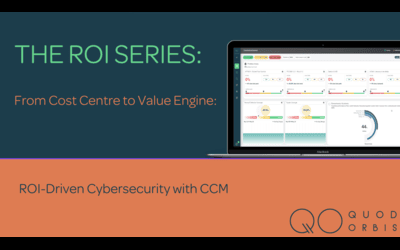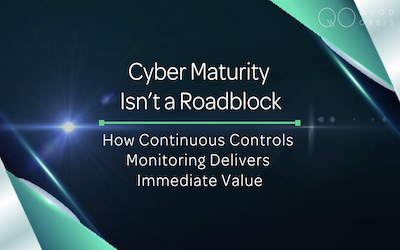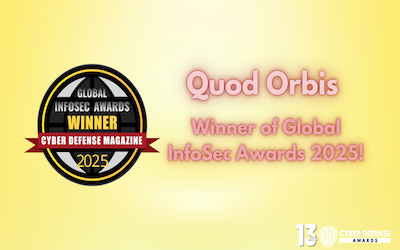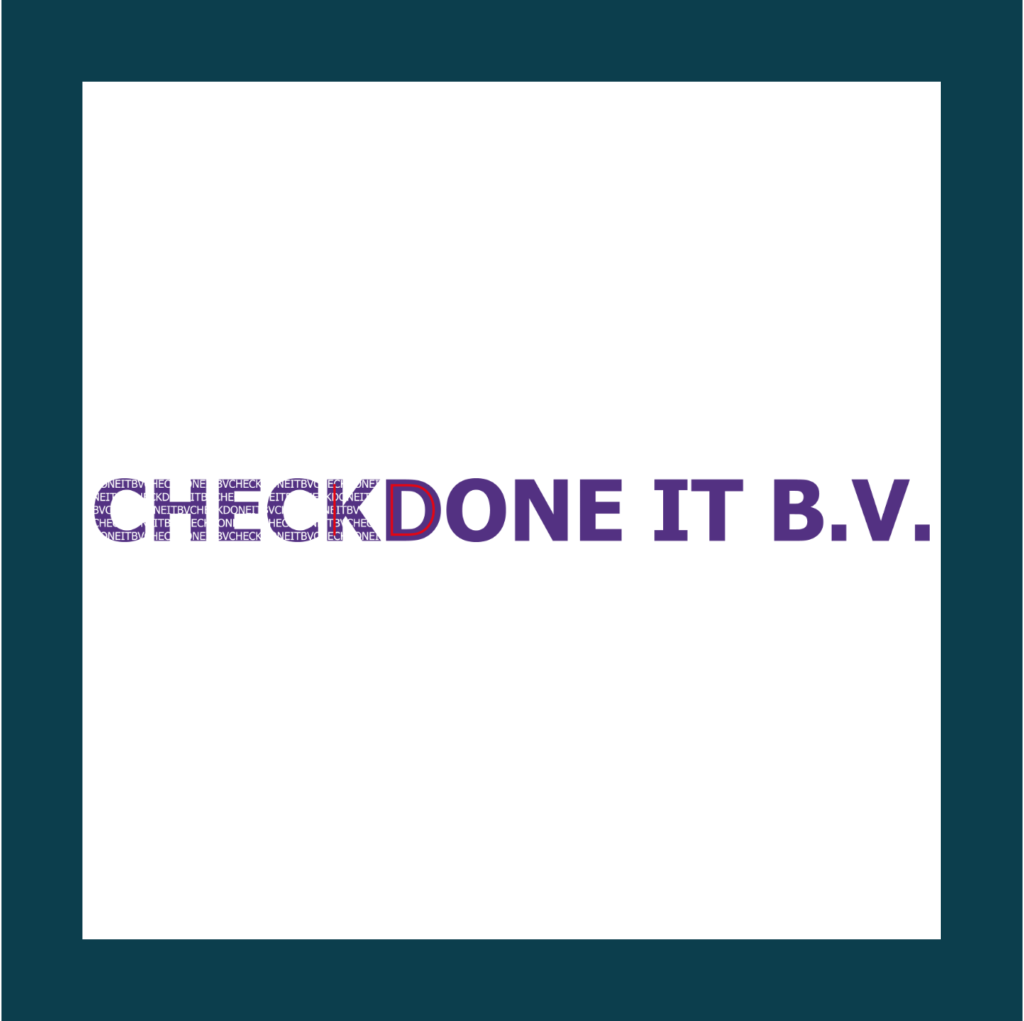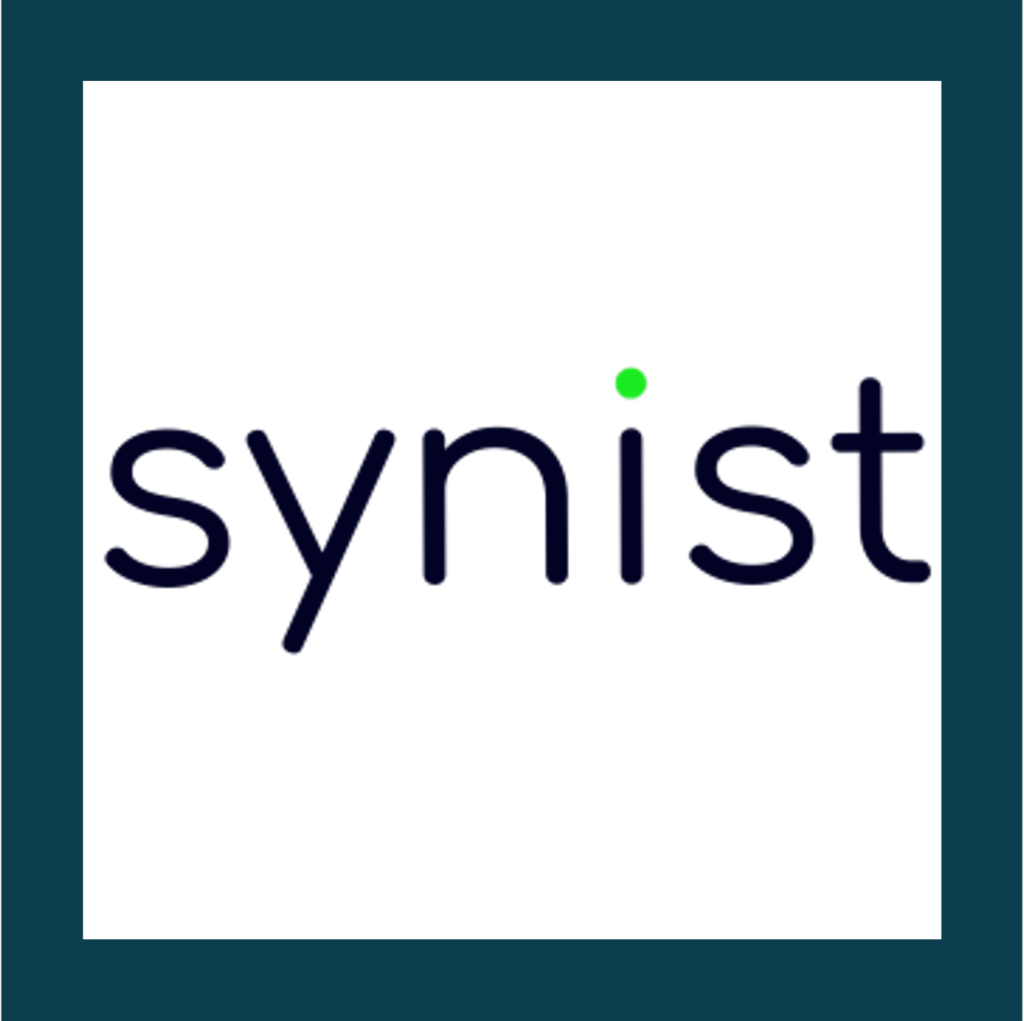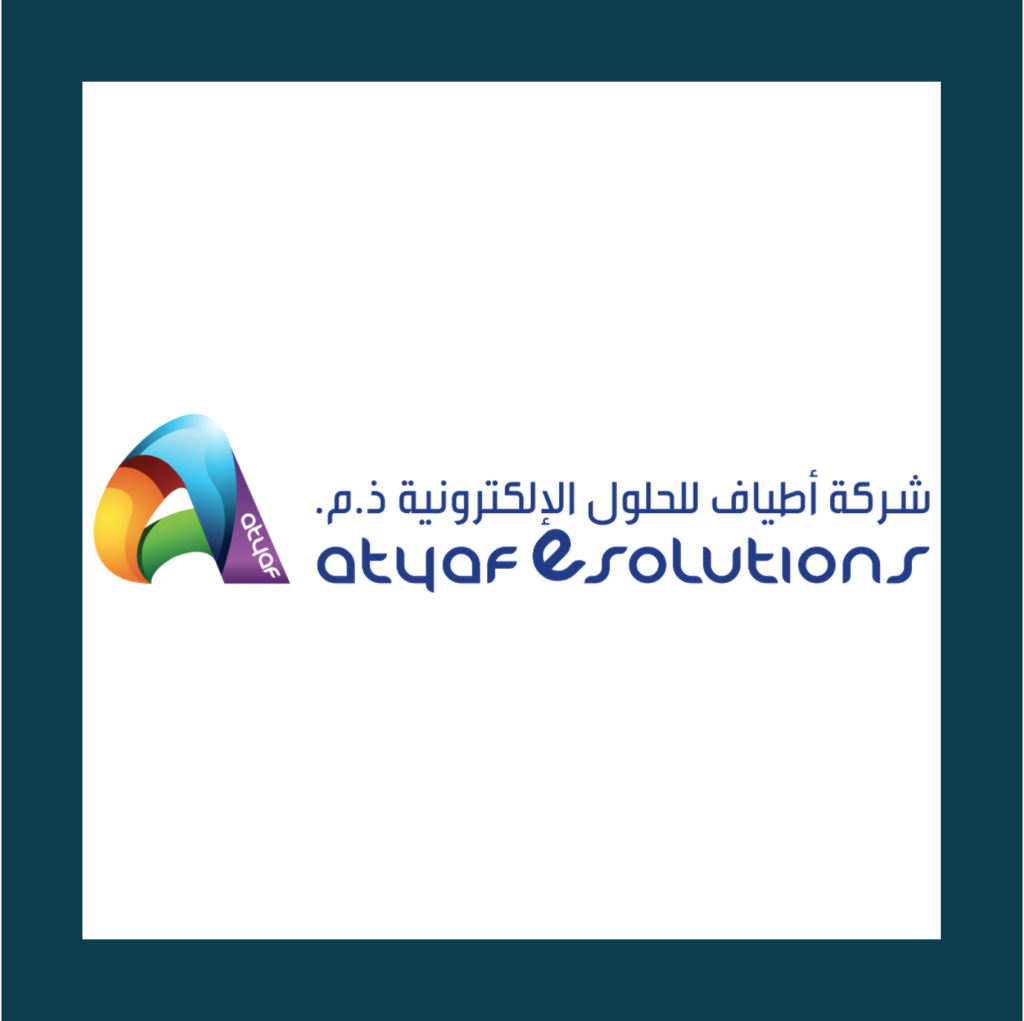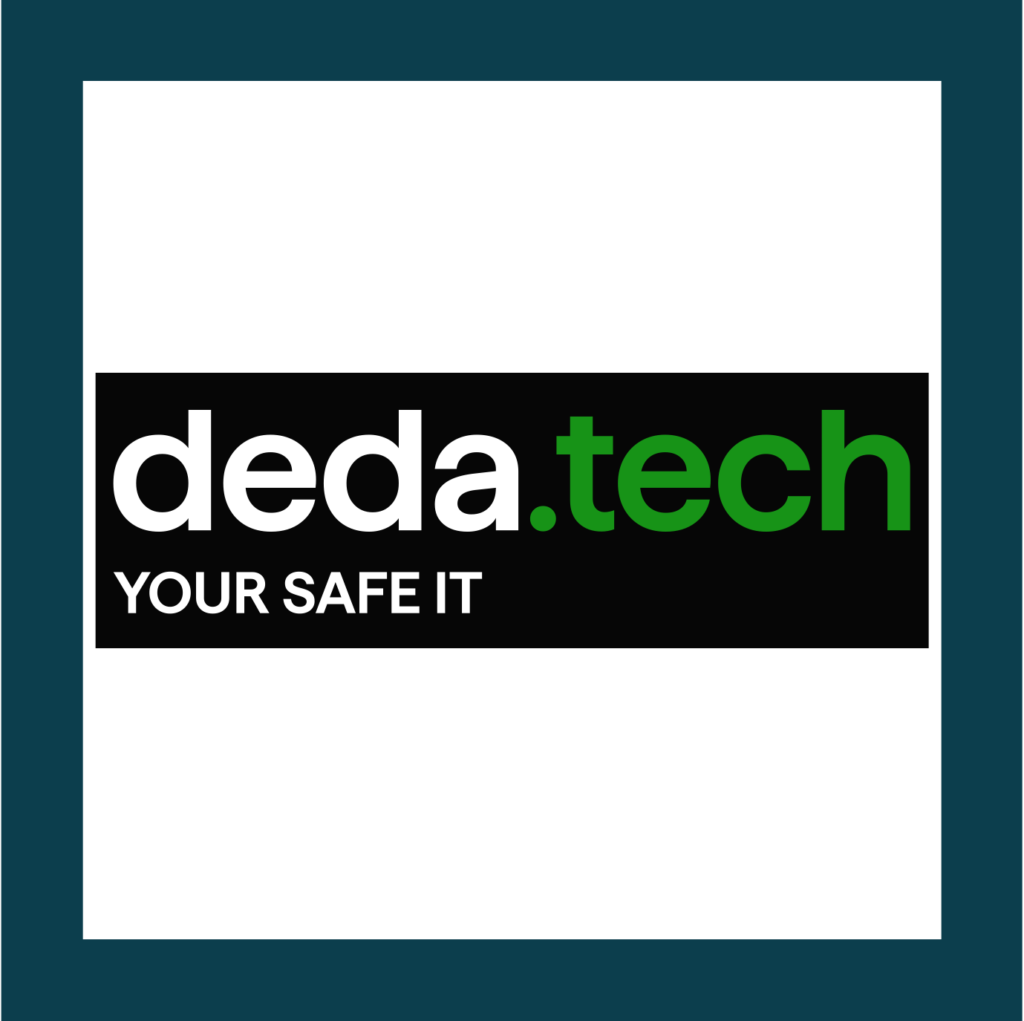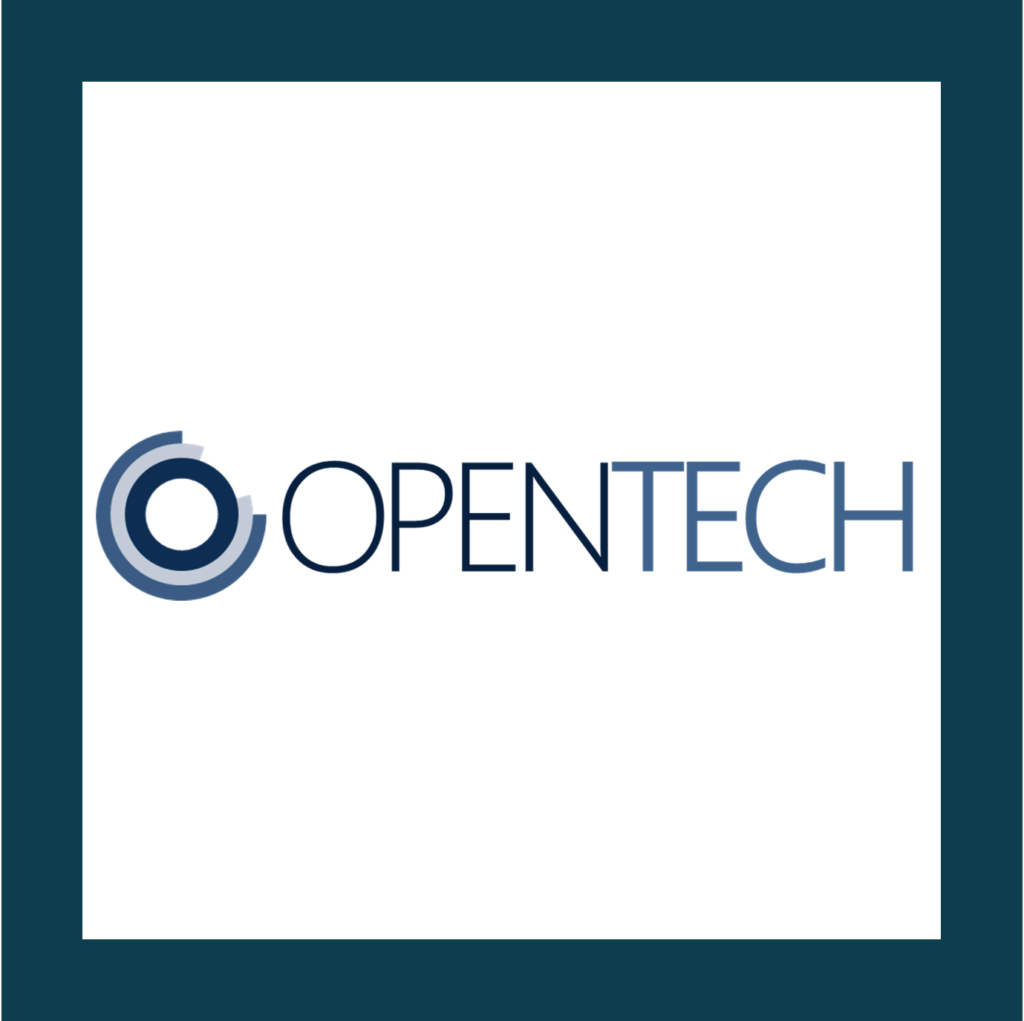Everywhere you turn, vendors are vying for your attention, each one proclaiming their technology as essential; the ‘perfect’ solution to fill a gap in your tech stack.
The emergence of new technologies only amplifies this. All of a sudden, everyone has content explaining how their tools already support or integrate the latest trend.
It’s easy for the lines to blur. One tool starts looking indistinguishable from the next. Vendors begin leaning heavily into new buzzwords, like Continuous Controls Monitoring, claiming their solutions already provide the same capabilities.
But how can you be certain? Between SIEMs, GRC tools, and manual processes, it’s tempting to assume your stack already covers CCM functionality. However, true understanding requires a deeper dive into what CCM actually entails and how your existing tools measure up – or most likely, fall short.
Let’s unblur the lines.
1. SIEM technology
SIEM tools log and analyse information from firewalls, servers, and applications, providing real-time and historical insights. They detect threats by correlating log data and identifying potential security incidents, alerting teams based on pre-determined rules.
SIEM technology investigates incidents and reports on compliance against frameworks such as PCI and GDPR, offering centralised visibility into an organisation’s security posture. Sounds like Continuous Controls Monitoring, right?
Wrong.
CCM is proactive, SIEM is reactive
SIEM solutions rely on log data that is pushed into the system, meaning they can only analyse what is sent to them—essentially looking for the needle in the haystack.
In contrast, CCM takes a proactive approach by pulling any type of data—not just logs, which typically make up a small portion of what it collects. This approach ensures pinpoint accuracy in proving that controls are effective, rather than waiting for an incident to occur.
Automated and continuous
SIEM reacts to events by analysing logs, while CCM continuously monitors security controls across multiple data sources, alerting in real-time to prevent issues. SIEM reduces response time—CCM reduces the likelihood of incidents altogether.
Beyond Compliance Limitations
SIEM’s compliance features cover limited frameworks like PCI or GDPR. CCM delivers broader, adaptive compliance by assessing control effectiveness across multiple frameworks and operational domains.
2. GRC platforms
GRC platforms often market themselves as being able to continuously monitor organisations’ governance and risk. However, the reality is vastly different.
GRC platforms rely on periodic data uploads from assessments, manual audits, or static reports. This data quickly becomes outdated, failing to reflect real-time changes.Updates often depend on human intervention, such as entering audit results or manually flagging issues. This makes continuous monitoring more of a scheduled activity than an ongoing process.
Static versus dynamic
GRC platforms rely on periodic assessments which means static out-of-date data.
CCM platforms provide near real-time continuous controls status updates on cyber security, risk and compliance posture.
Automation versus workflow
CCM is automated, meaning that teams have assurance in the accuracy of the data—there is no opportunity for human error and the focus can be on proactivity rather than reactivity.
Limited integration versus holistic capability
GRC has limited real-time integration with operational systems, whereas CCM tools connects to your entire business ecosystem, providing a holistic viewpoint of your cyber security risk and compliance posture.
CCM is the magic ingredient for GRC
CCM brings GRC to life when integrated together, making it more effective and efficient in managing risk and compliance to deliver strategic and operational benefits:
- Real-time visibility
- Proactive response
- Automated evidence collection
- Actionable insights
- Continuous assurance
3. Power BI
Power BI is a powerful enterprise-wide reporting tool designed for visualising and analysing fixed data from multiple sources. It excels at generating dashboards and reports that help organisations track key performance indicators and business metrics.
However, Power BI is fundamentally a reporting solution—it pulls in static data for analysis but lacks the ability to continuously monitor, validate, and correlate data in real-time. It’s great for retrospective insights but falls short when it comes to proactive security and compliance monitoring.
The CCM Difference
Unlike Power BI, which is limited to fixed data sets and predefined connectors, CCM is purpose-built for continuous control monitoring. It provides real-time data feeds from thousands of sources with no limitations, thanks to its low-code/no-code backend.
CCM doesn’t just report on what’s already happened—it actively monitors controls, identifies coverage gaps, and ensures that no critical asset is left unchecked. Power BI’s inability to perform complex control calculations or provide comprehensive visibility makes it an incomplete solution for organisations seeking true operational resilience.
Compliance isn’t just an add-on for CCM—it’s a core feature. While Power BI wasn’t designed for audit-ready compliance, CCM delivers immutable evidence to satisfy regulatory requirements and audits effortlessly.
Businesses can monitor their controls continuously, identify weaknesses instantly, and remain compliant without disruption. In short, Power BI tells you what happened, while CCM ensures you’re always in control of what’s happening now.
This is myth number 2 in our recent ebook – The 5 Myths About Continuous Controls Monitoring. If you wish to read the whole ebook then you can do so here.

